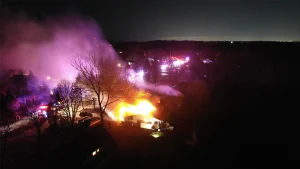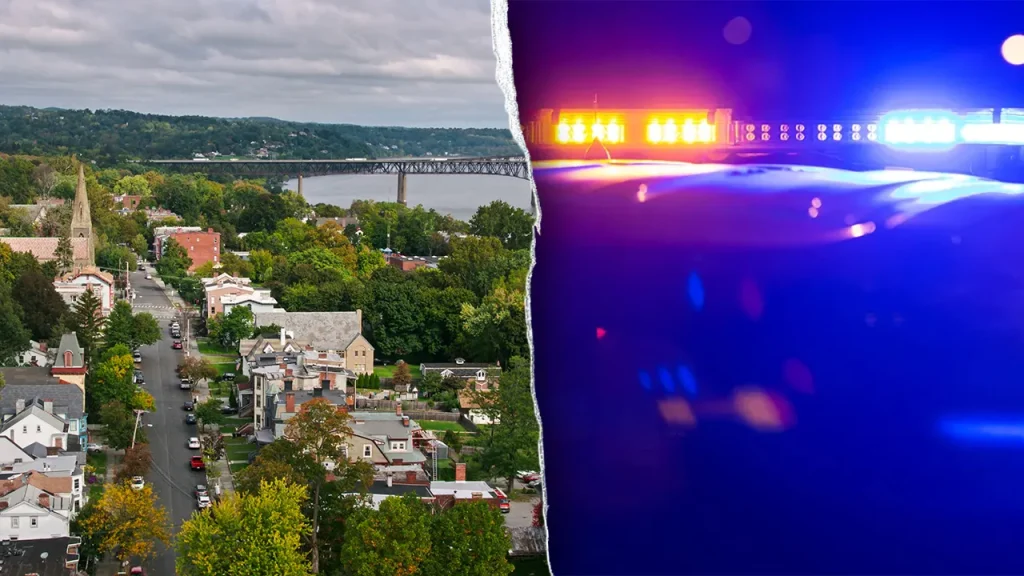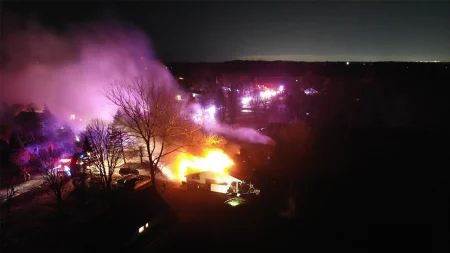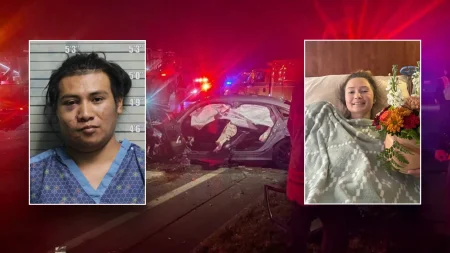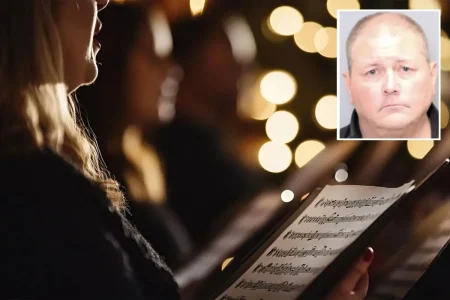Tragedy Unfolds in Newburgh as Young Life Lost, Another Forever Changed
In a heartbreaking incident that has shaken the small community of Newburgh, New York, an 11-year-old boy lost his life in what appears to be a tragic accident involving firearms and unsupervised children. The aftermath has left two families devastated, a community in mourning, and sparked renewed conversations about youth safety, gun security, and the profound consequences that can result from a single moment of poor judgment. On Thursday morning, what began as an ordinary day in this Hudson Valley town, located just 60 miles north of New York City, quickly turned into a nightmare when police responded to reports of a shooting at a residence on North Miller Street around 8 a.m. Officers arrived to find an 11-year-old boy who had suffered a fatal gunshot wound. The circumstances surrounding this tragedy suggest the unthinkable—children playing with a deadly weapon with catastrophic results.
The investigation moved swiftly, with Newburgh Police Department’s Detective Division and Non-Fatal Shooting Task Force identifying three minors of interest connected to the incident. Within just 12 hours, authorities made an arrest that would further compound the tragedy—a 13-year-old boy, not related to the victim, was charged with second-degree murder. While official details remain limited, one source indicated to local media that the younger child was shot in the head while children were handling a firearm, which police later recovered from the scene. What may have begun as curiosity or misguided play ended with consequences that will reverberate through these young lives forever.
The ripple effects of this tragedy have been felt throughout the Newburgh Enlarged City School District, where the victim was a student. Superintendent Dr. J. Manning Campbell captured the community’s anguish in a poignant statement: “The loss of one young life and the arrest of another is an unimaginable tragedy, one that deeply affects our entire school community. Two children, full of potential, now represent devastating losses in different ways.” These words reflect the dual nature of this tragedy—one child whose future was extinguished in an instant, and another who now faces the justice system and must live with the consequences of actions that likely weren’t fully understood. The district has mobilized to provide counseling and support services to students and staff struggling to process this devastating event.
What makes incidents like these particularly heart-wrenching is the innocence of those involved. Both the victim and the young suspect were children on the cusp of adolescence—ages when adventure, curiosity, and testing boundaries are natural developmental stages. Yet in this case, access to a deadly weapon transformed normal childhood behavior into something catastrophic. While details about how the firearm became accessible to the children haven’t been disclosed, the incident raises critical questions about gun storage, supervision, and safety education. Preventable tragedies involving children and firearms continue to occur across the country, leaving communities like Newburgh to grapple with the aftermath and search for ways to prevent similar incidents in the future.
The criminal charges brought against the 13-year-old suspect highlight the complex intersections of youth, accountability, and the criminal justice system. A second-degree murder charge for a child who is barely a teenager represents an extraordinary circumstance that challenges our understanding of intent, culpability, and appropriate consequences. The American legal system continues to wrestle with how to handle juvenile offenders, particularly in cases involving such serious outcomes. This case will inevitably raise questions about whether a 13-year-old can truly comprehend the permanence of death, the full implications of playing with firearms, and what justice might look like when the alleged perpetrator is still a child themselves.
As the Newburgh community begins the long process of healing, Superintendent Campbell’s words offer both comfort and a call to action: “As we mourn the loss of life and reflect on the deep impact of this event, let us hold one another in compassion and recommit ourselves to nurturing hope, safety, and love for all of our children.” These sentiments underscore the collective responsibility that extends beyond individual families to include schools, community organizations, and society at large. The tragedy in Newburgh serves as a sobering reminder of how quickly childhood can be shattered and the critical importance of creating environments where children can safely navigate the challenges of growing up. While nothing can bring back the young life that was lost or fully restore the childhood of the young suspect now facing serious charges, perhaps the community’s commitment to preventing similar tragedies might offer some meaning amid the senseless loss.

